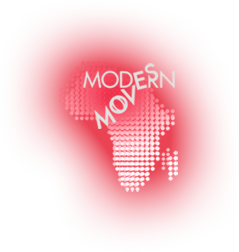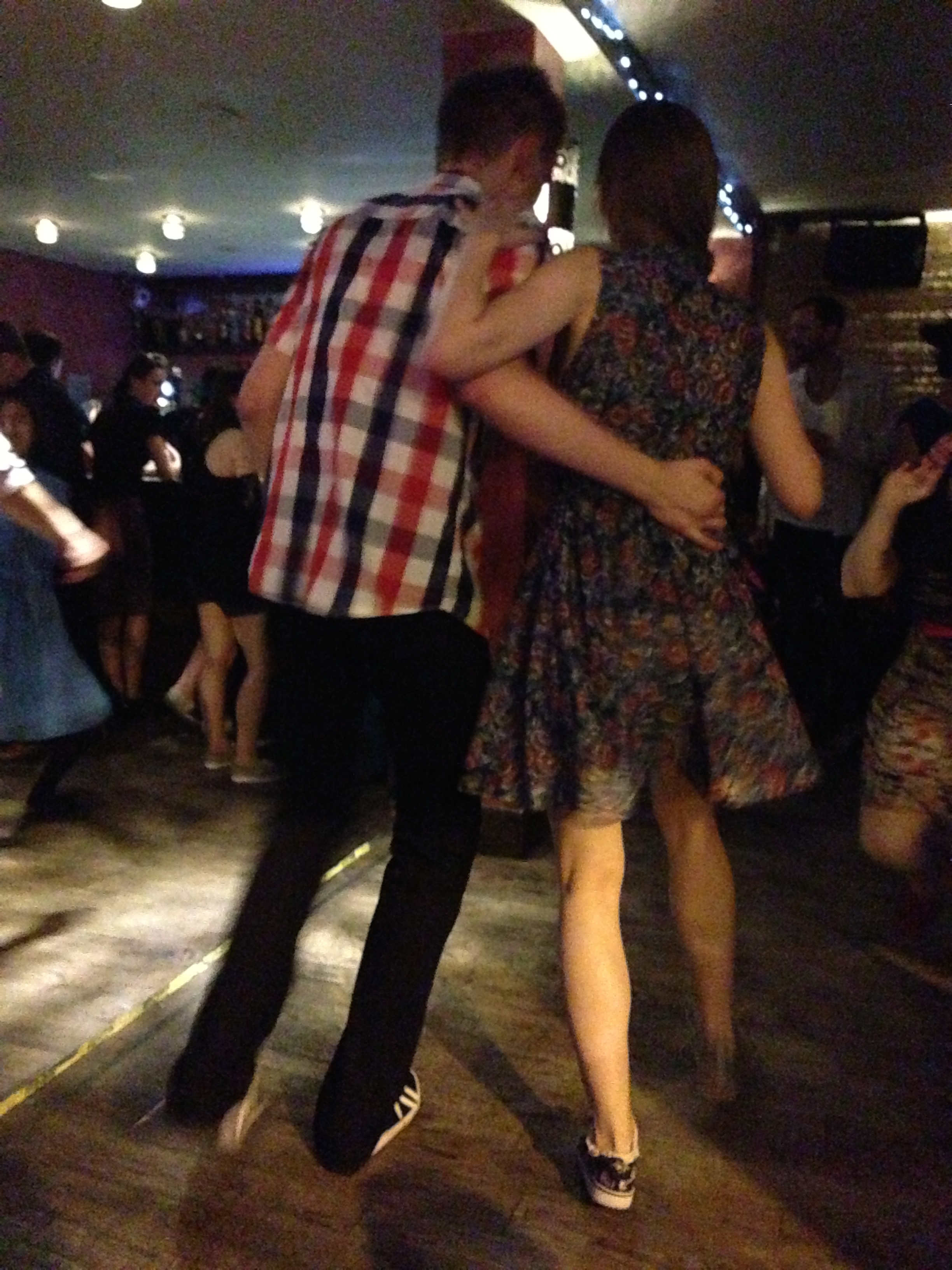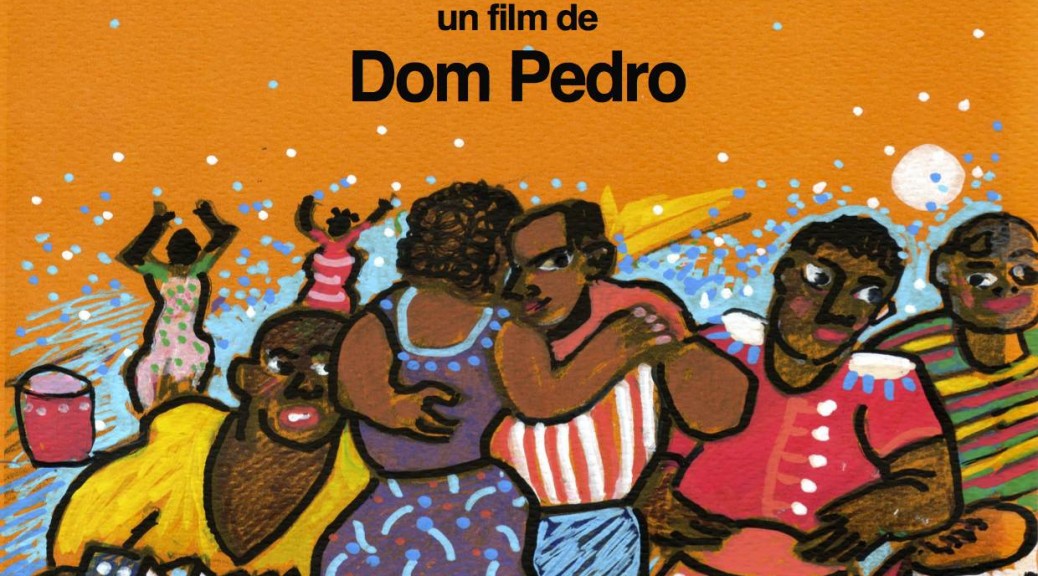Katherine Dunham Research Showcase by Modern Moves featuring
– La Boule Blanche at London: An Evening of Partying and Performances (16th May)
– Archive Re-Posesssed: A Day of Presentations and Discussions (17th May)
Guest of Honour: Ms Marie-Christine Dunham Pratt
/// Report updated by madison moore ///
In May 2016, Modern Moves celebrated our 3rd birthday in our usual decadent fashion with a party and research showcase in honor of dancer, choreographer and anthropologist Katherine Dunham. If you didn’t know by now, Dunham has been a major source of inspiration for us here at Modern Moves as well as a driving force of the research work we do. In the summer of 2015 the Modern Moves team took an “All-American” road trip from New Orleans up to Chicago with a pit stop at Southern Illinois University Carbondale, which houses the official papers of Katherine Dunham. We spent a week digging through her papers and watching archival footage of her performances, uncovering prized documents like records of how many luxury suitcases she kept, her housing deeds, tax returns, not to mention the juicy details on her love life and letters dealing with the pressures of being a successful black entertainer performing in an America still struggling with racism and segregation.

Modern Moves knows how to party, and what’s a research showcase without some dancing at the end? One of the things we discovered in Katherine Dunham’s archives is that the lady also knew how to party. Dunham researched dance across the Black Atlantic and created the first company of Black dancers in the world. Every month she organised a dance social in New York called La Boule Blanche,after nightclubs of the same name in Martinique and in Paris. At these socials, Brazilian, Antillean, Cuban, and North American musical genres were equally popular. Guests dressed up and shared Black Atlantic social dance and music with panache and flair. For our 3rd birthday we honored Miss Dunham’s playful and irrepressible spirit as well as Haiti and the French Antillles with La Boule Blanche London.
Audio story produced by Brenna Daldorph.
On the menu that evening was dancing, rum punch and Haitian canapés, of course, but also a lecture demo, performance and mini lesson on Artistic Kompa (Kompa is the signature couple dance of Haiti) by our friends Clifford and Gaelle Jasmin of Salsabor, Florida. We also enjoyed a very special pan-Caribbean DJ set by Modern Moves resident DJ WIlly the Viper from Paris, a floor-stompingly good performance by the London-based Zilo’Ka, known for their high energy Gwoka percussion, chanting, and dance, and lastly (but certainly not least!) special performances by our associated researcher Francesca Negro and advisory board member Magna Gopal– two original choreographies that would have definitely spoken to Katherine Dunham’s own heart. Francesca performed a pan-Caribbean piece inspired by fragments of silent film and sound recordings we discovered in the Carbondale archives, incorporating movements from Antillean, Cuban, and Brazilian sacred dances, Magna brought performed a salsa choreography honouring the orisha Obatala, touched in an ineffable way by her Indian heritage.
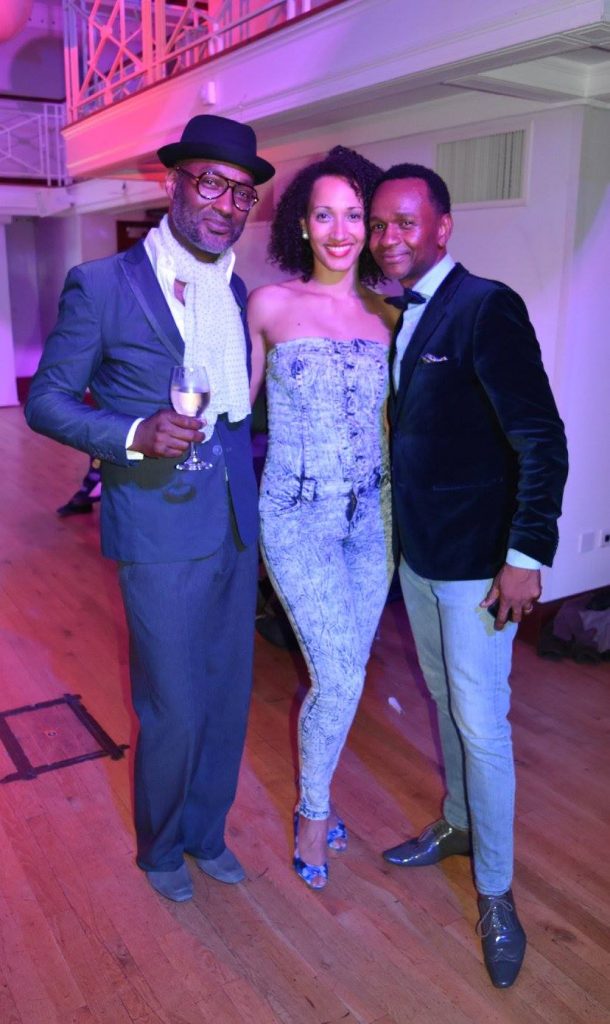
Day 2 of the Katherine Dunham Research Showcase, which we dubbed “Archive Reposessed,” featured traditional, conference style presentations by the Modern Moves team. Gina Athena Ulysse set the stage with a performance lecture on “I$sland Repo$$e$$ed: Katherine Dunham*Post-Quake Ayiti* and the Non-Profit Industrial Complex.” Drawing on race, queer studies and star studies, madison moore gave us “Diva Theory,” a look at Katherine Dunham as diva. From there Leyneuf Tines spoke on Damballa and Yanvalou,” with a follow up by Elina Djebbari on “Katherine Dunham and the Black Atlantic: An Artistic Journey from the Caribbean to West Africa” Ananya Kabir gave us a close look into Dunham’s relationship to Brazil with “Brazil in the Imaginary of Katherine Dunham,” and we closed the show out with a very special conversation between Magna Gopal and Katherine Dunham’s daughter Marie-Christine Dunham Pratt, who flavored the room with anecdotes and growing up on the road.
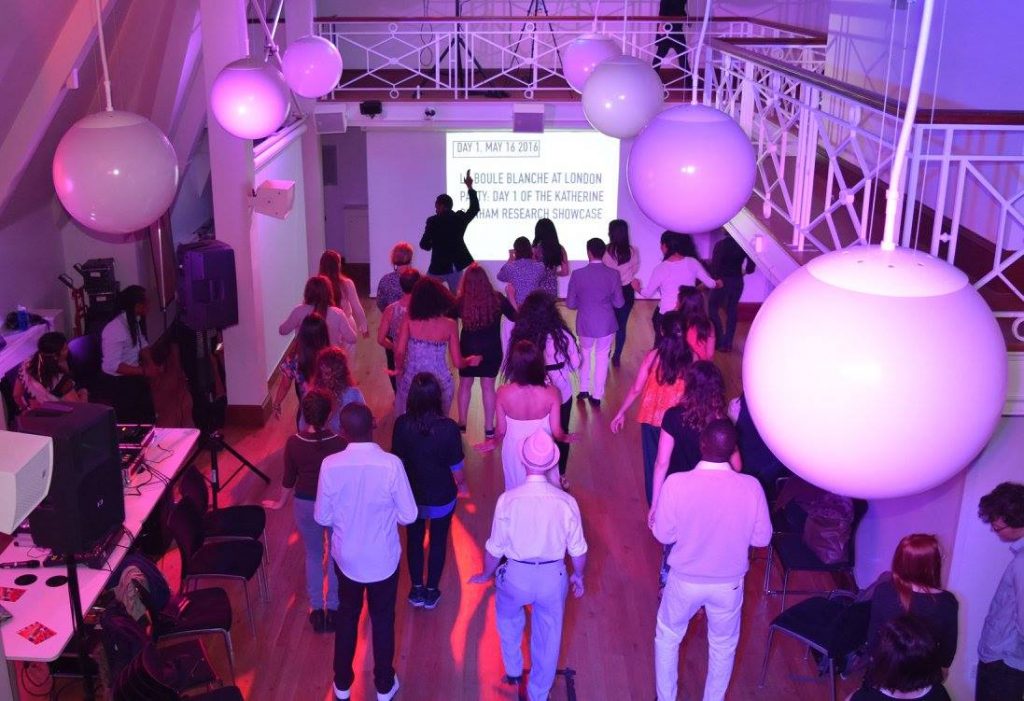
All told it was a superb two days of conversation and music, exchange and cocktails. But it was also an excellent way to think about how to marry pleasure and scholarship, fun and research. We at Modern Moves are deeply committed to exploring the politics of pleasure. Stay tuned for the announcement of our next research showcase because there’s definitely more to come.
PART 1
To mark our third birthday, and ten years of the passing of the pioneering dancer, choreographer, and intellectual Miss Katherine Dunham, Modern Moves presents La Boule Blanche at London: A Retro Party Miss Dunham researched dance across the Black Atlantic and created the first company of Black dancers in the world. During the 1940s and 1950s, she organised a monthly dance social in New York called ‘La Boule Blanche’, after nightclubs of the same name in Martinique and in Paris. At these socials, Brazilian, Antillean, Cuban, and North American musical genres were equally popular. Guests dressed up and shared Black Atlantic social dance and music with panache and flair.
After Fort-de-France, Paris, and New York, La Boule Blanche moves to London! To honour Miss Dunham’s playful and irrepressible spirit as well as Haiti and the French Antillles, the deepest sources of her inspiration, our legendary Anatomy Museum parties will be retrofitted and antilleanised on the 16th of May!
On the menu:
– A lecture-demo, performance and mini-lesson on ARTISTIC KOMPA by Clifford and Gaelle Jasmin of Salsabor, Florida! The return of DJ Willy the Viper from Paris with his inimitable pan-Caribbean sets!
– The return of Zilo’Ka with their high energy Gwoka percussion, chanting, and dance to the Anatomy Museum! A reconstruction of Katherine Dunham’s pan-Atlantic rhythms by Francesca Negro!
– And a guest appearance by Magna Gopal with a performance that will speak to Katherine Dunham’s own heart!
COME DRESSED in your RETRO BEST! Party like its 1955!
Commissioned from the KCL kitchens:
Rum punch and Haitian canapes, including griot, piklis, and accra!
Book your tickets here for La Boule Blanche Party!
PART 2
Modern Moves presents Archive Re-Possessed: A Day of Presentations and Discussions
In April 2015, the Modern Moves research team spent an intensive period researching Miss Katherine Dunham’s archives held at the Southern Illinois Library, Carbondale, USA. This rich visual, aural, and textual material supplements her published work, including her magnetic memoir of fieldwork in Haiti, ‘Island Possessed’. In homage to Miss Dunham’s extraordinary imagination, intellect, vivacity and spirit, we present our work in progress on her archives to her fans and to aficionados of Black Atlantic music, dance, and performance.
Long papers will be presented by Ananya Kabir, Madison Moore, Elina Djebbari, and Leyneuf Tines, with responses from Drs Michael Iyanaga, Melissa Blanco Borelli, Serena Volpi, and Zoe Norridge. We are delighted to open the day with a keynote lecture/ performance by Professor Gina Athena Ulysse of Wesleyan College, USA, entitled: “I$sland Repo$$e$$ed: Katherine Dunham*Post-Quake Ayiti* and the Non-Profit Industrial Complex.”
The day will close with a ‘dancer’s response to the work of a dancer’, by Ms Magna Gopal, and with a q and a session with our guest of honour, Ms Marie-Christine Dunham Pratt, the daughter of Katherine Dunham and John Pratt.
Come and learn more about the life, art and heart of an extraordinary, audacious, and inspiring woman who was ahead of her times in countless ways.
Book here for Part 2 of our fabulous Research Showcase!
Full programme here: DUNHAM SHOWCASE PROGRAM

